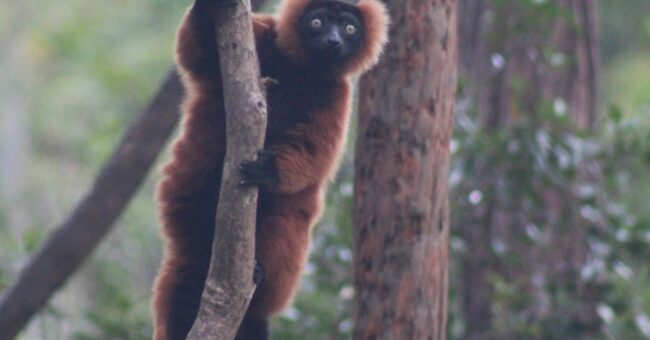
Preface: The “Lost Continent” of Madagascar
To an evolutionary biologist, there is little more on the entire planet earth that is more exciting than isolation. When a population becomes split off from its kin, natural selection and genetic drift are free to work independently, generally creating organisms and whole ecosystems which exist nowhere else. The lifeforms created are often astounding compared to the rest of the world’s norms: look at cave salamanders or vampire squids, isolated in inaccessible caverns or by the crushing depths of the oceans. Although it can occur in many ways, islands are the most prominent sites of biological isolation, as water acts as a strong, though not impenetrable, barrier to migration by land plants and animals. The unique fauna of the Galapagos islands served as a critical source of data for Charles Darwin and other scientists as evolution by natural selection was being discovered and tested for the first time, and the uniqueness of island fauna continues to inspire and puzzle biologists to the present day.
However, about 440 kilometers off the coast of Mozambique in the Southern Hemisphere portion of the Indian Ocean lies what I would argue is the world’s most special island: Madagascar. The island of Madagascar is a veritable Lost World; a natural laboratory where evolution after the extinction of the dinosaurs took a different path. Many different kinds of biologists make their careers on Madagascar. It’s a place to test hypotheses and make unique observations for ecologists, zoologists, botanists, geneticists, evolutionary biologists, conservationists, and paleontologists (the fossils organisms are just as weird as the living ones) alike. Over 56% of its birds, 81% of its freshwater fishes, 85% of its plants, 95% of its mammals, and 98% of its reptiles are endemic, meaning they are found nowhere else on the planet1,2 (extremely high endemism in invertebrates, particularly insects and arachnids, is also present but unfortunately woefully understudied).
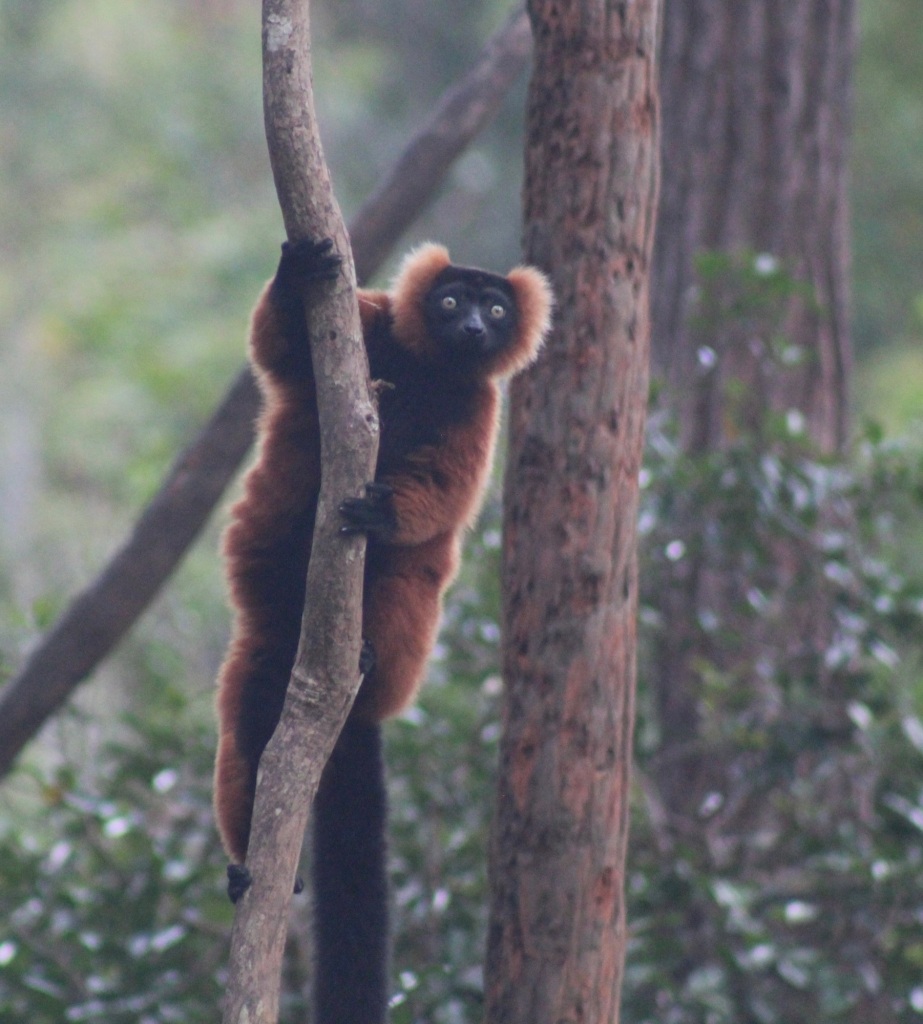
Madagascar is a land of giant hissing cockroaches, giraffe beetles, and otherworldly spiders. It’s a land of giant chameleons, flamboyant Phelsuma geckos, and the strangely shaped leaf-tailed lizards. A place where many native plants look like they should be growing on the dunes of a planet from Star Wars instead of the planet Earth, and a place called home by tiny hedgehog-like mammals called tenrecs whose closest relatives are actually elephants. Dogs and cats, staple carnivores everywhere else in the world, are lacking from Madagascar’s native fauna. Instead, the forests and deserts are stalked by a unique group of carnivores found nowhere else in the world called the euplerids: a family most closely related to mongooses yet including members like the cryptic fossa, the world’s only carnivore which specializes in hunting primates. This is to say nothing of the island’s most charismatic fauna: the lemurs. Lemurs are a very diverse lineage of ancient primates who fill an inordinately wide amount of niches on the island and are what most people think of when they envision Madagascar. Although lemurs do have living relatives in the bush babies from mainland Africa and the lorises of Southeast Asia, you won’t find a wild lemur anywhere else in the world but on the island of Madagascar.

In addition to its unique fauna, Madagascar seems to break every rule of biogeography, or the expected distribution of species based on their ancestry. Madagascar is the only place outside of the Americas where you can find a member of the cactus family thanks to a plant called Rhipsalis.3 Unlike just about every other species of cactus, Rhipsalis grows as an epiphyte around the trunks of other trees in humid rainforests. The traveler’s palm, a national symbol for Madagascar as a nation, is most closely related to plants which grow in South and Central America.3 And the only places in the world you’ll find Boa genus snakes living in the wild is South America and Madagascar.3 Seeing families of plants and animals on Madagascar which otherwise only live on a continent on the other side of the world is tremendously strange, and to this day leaves biologists scratching their heads (the most common line of thought is that these families used to be more widespread millions of years in the past, only for them to go extinct everywhere except the New World… and Madagascar).
It is common for islands to have unique species of plants and animals. It is significantly more rare for islands to have entire unique families of life, of which Madagascar has no shortage. Both the long history of Madagascar’s isolation and its size contribute to this anomaly. Madagascar has been isolated as an island for over eighty million years, allowing ample time for unique lineages to evolve and for refugees of ancient clades now extinct everywhere else to persist. Madagascar is also a rather large island. It covers more area than every country in Europe except Ukraine and Russia and every state in the USA except Texas and Alaska. Tack on the fact that Madagascar is surprisingly mountainous, and you end up with a variety of climates and habitats. The north and east coast of the island is composed of humid tropical rainforest. The west coast features dry forest and the famous towering baobab trees. In the far south you’ll find dry desert scrub and strange thorny plants. Madagascar’s size and long history of isolation means that its patterns of endemism and species distribution is much more similar to an entire continent than to an island.3 It truly is an entirely different world.
And although my specialty does fall within the realm of biology, I cannot in good conscious go without discussing the uniqueness of Madagascar’s culture and peoples as well. Madagascar’s culture is unlike any other, with a mix of influences from both Southeast Asia and East Africa. It is thought that the island was not populated by humans until around 2,000 years ago, about the same time as the birth of Christ, which is shockingly recent given its richness of resources and proximity to mainland Africa.3 Nonetheless, Madagascar features 18 distinct ethnic groups sharing a common language unlike any other.3 Unfortunately, a history of aggressive European colonialism has been disastrous for the country’s development (Madagascar only became independent from France in 1958), and it remains one of the poorest nations in the world.

Opportunity Abroad
If you read through that first section, thank you very much and I hope you found it intriguing. Just last December I graduated from Colorado State University with my Bachelor of Sciences degree in Biology, so now that I have some sort of official credential it feels good to be able to utilize it, even if that is through educating internet friends and strangers!
Now, you’re probably wondering why I just wrote a short essay on why Madagascar is so interesting. It’s not because that’s my new special interest, nor is it because I’ve been taken hostage by King Julian and coerced to write or else “Move It Move It” for eternity. Instead, I am writing because this last July I had the truly once-in-a-lifetime opportunity as a student at Colorado State University to take part in a study abroad program in Madagascar in order to study the island’s lemurs and other fauna and learn field research skills in wildlife biology. The opportunity to study abroad is a relatively common and highly sought-after experience for many university students, and it was an idea that I toyed with throughout my time as an undergraduate student. Studying abroad is a fantastic way to enrich one’s educational experience, allowing oneself to develop cultural awareness, network globally, and learn skills that can only be learned in specific places. For these reasons, it was important to me to study abroad as an undergraduate student.
However, as an autistic student I face many additional barriers to studying so far away from home than many other students. I rely on a close-knit support network which would not be as readily available overseas. Keeping up with social expectations is already difficult at home, and would be even more so in a place where the culture is foreign. I have specific sensory needs that could be difficult to accommodate in another country. While I believed these challenges could be overcome with careful planning, being disabled was a serious consideration when planning to study abroad.
For many semesters I had been considering studying abroad in the Sydney area of Australia, as Colorado State University has an exchange program with Macquarie University and the autistic community in that region fantastically supportive and one I am very acquainted with (via organizations like the I CAN Network and Reframing Autism). However, the multi-month length of stay that would entail made me very anxious, and I hoped to find a shorter-term program.
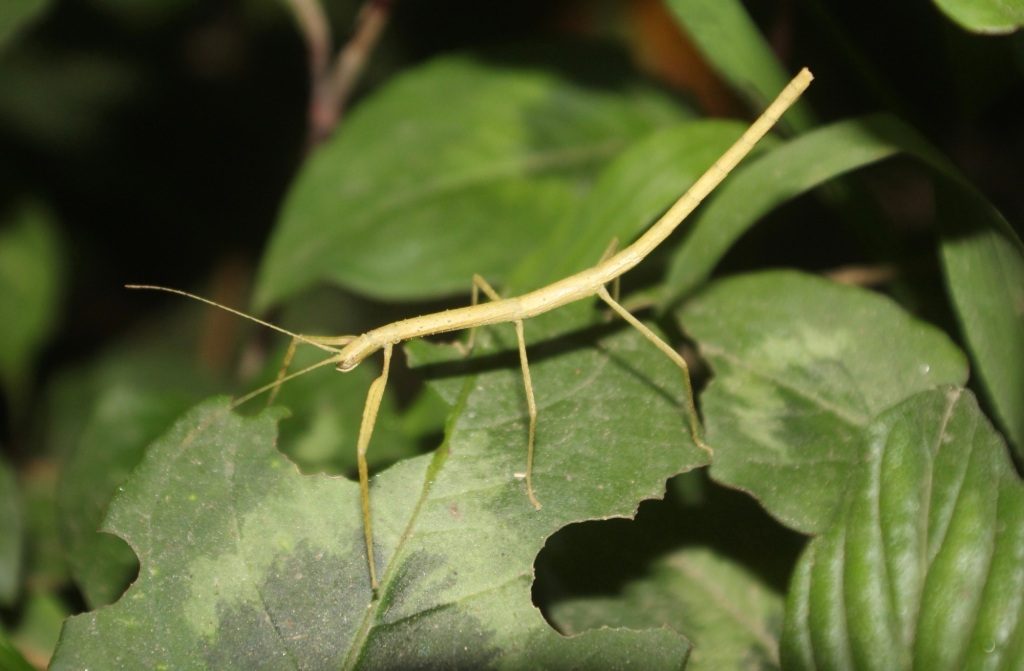
In March of 2024 my wish was granted when I learned that the Biology department would be taking a group of students to the rainforests of eastern Madagascar for a wildlife field biology course centering around lemurs, Madagscar’s most charismatic animals. Students would embark on a three-week trip to study lemurs, rainforest conservation, and research skills within the field of wildlife biology while having the opportunity to stay at a research station in Ranomafana National Park. This opportunity seemed right up my alley, and I quite quickly put in an application and was accepted into the program.
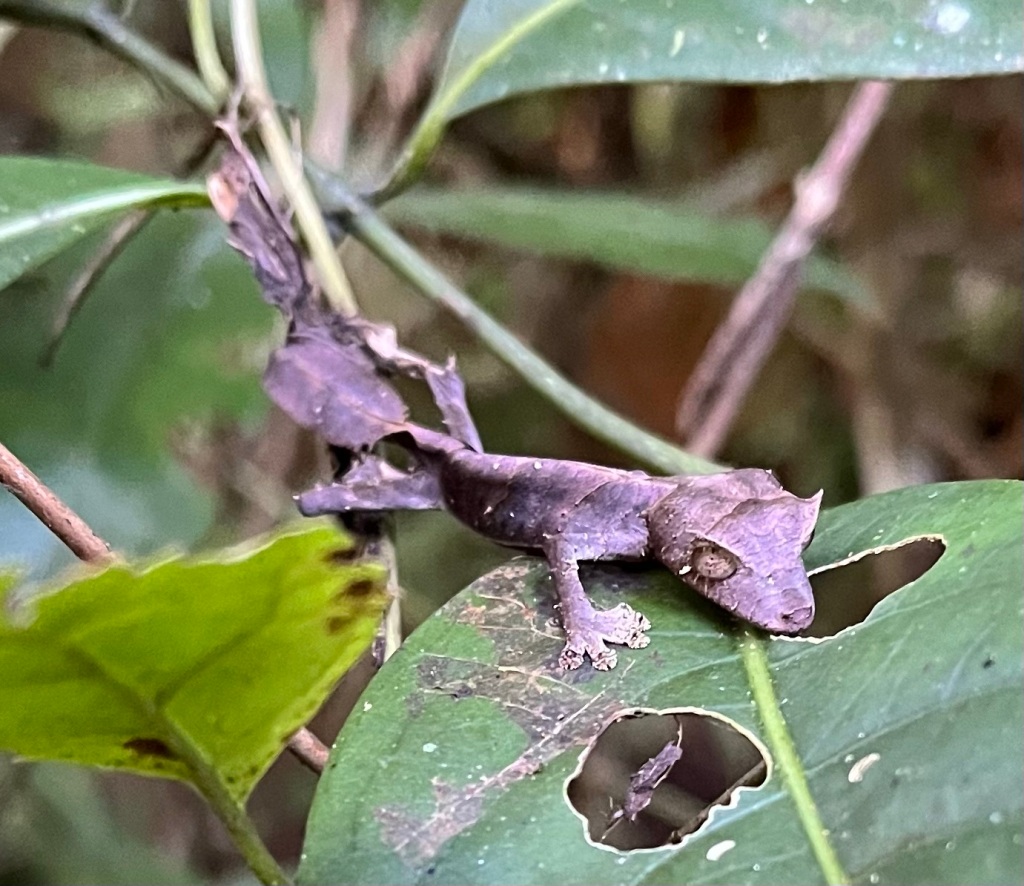
Studying abroad in Madagascar is one of the most rewarding educational experiences I had as an undergraduate student, and I consider it to be a truly once-in-a-lifetime experience. However, it was also one of the most challenging. Despite the fact that this program seemed nearly tailor-made to my interests, studying abroad as an autistic student still comes with unique challenges, particularly in a nation where many of the creature comforts I rely on to ground myself were often unavailable. Nonetheless, I managed to complete my travels, pass the course, and learn more about myself and the world around me in the process.
So here I am, finally ready to share my experiences with my audience in a series of blog posts. By blogging about my experience here, there are several things I hope to accomplish:
- Teach readers about Madagascar. It truly is one of the most unique and fascinating places on earth, but also one of the most imperiled and misunderstood. Although I think most people have heard of Madagascar, it seems few people know much at all about it. I think this is highly unfortunate, and I’d like to help change that.
- Share about the challenges I faced while studying abroad, in particular those that relate to autism. I hope that I can help autistic students learn a bit more about what to expect when studying abroad, and tips for how to make the whole experience go more smoothly.
- Encourage other autistic university students to study abroad. Education abroad truly is one of the most transformational experiences one can have in their education, but the prospect can seem daunting, especially for those whose brains work differently. However, I strongly believe that autistic students should be able to access these experiences as much as anyone else. By sharing my experiences and what worked for me, I hope I can encourage other autistic students to pursue education abroad.
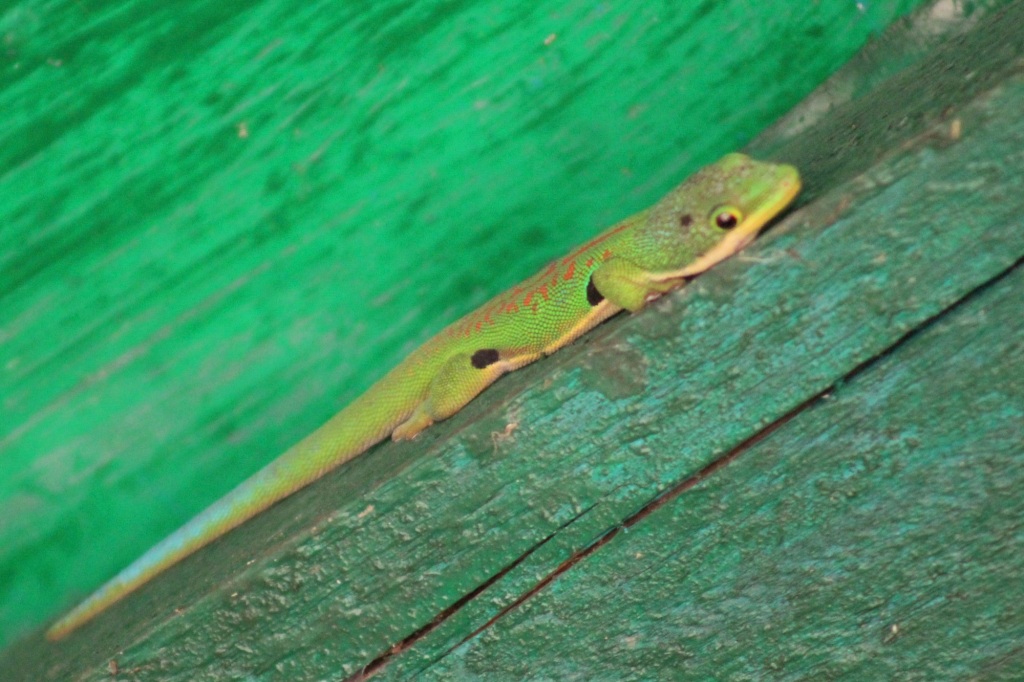
This will be a multi-part blog series. In each part, I hope to open with a brief introductory “lesson” of sorts about Madagascar using information I learned as part of the class. Then, I will share my experiences in narrative format, highlight challenges along the way and how I was able to overcome them, as well as interesting anecdotes and tips for those looking to pursue education abroad or travel to foreign countries alike. This is the first time I have done a multi-part series like this on this blog, and I have a lot to share. So, please take your time when reading through!
I’m excited to share with you this journey! I hope in some small way I can take you back with me to the amazing island and nation of Madagascar and inspire you to travel, pursue education abroad, and learn more about the world around you. Tongasoa (welcome!) to this series, and misaotra (thank you) for reading. Alefa (let’s go)!
My travel to Madagscar was made possible in-part via scholarships offered by the Boettcher Foundation and the Benjamin A. Gilman International Scholarship Program. This blog series will serve as my follow-on service project as required by all Gilman Scholarship recipients. University students in the United States interested in studying abroad are encouraged to apply to the program at www.gilmanscholarship.org.
Citations
- Antonelli et al. (2022). “Madagascar’s extraordinary biodiversity: Evolution, distribution, and use.” Science, vol. 37B, issue 6623. https://www.science.org/doi/10.1126/science.abf0869
- Goodman and Benstead. (2005). “Updated estimates of biotic diversity and endemism for Madagascar.” Oryx, Vol. 39(1). https://www.cambridge.org/core/services/aop-cambridge-core/content/view/85CD78816E9A2E1718DC2FCA8F615C1C/S0030605305000128a.pdf/updated_estimates_of_biotic_diversity_and_endemism_for_madagascar.pdf
- Tyson (2013). Madagascar: The Eighth Continent. Bradt Travel Guides. ISBN: 9781841624419